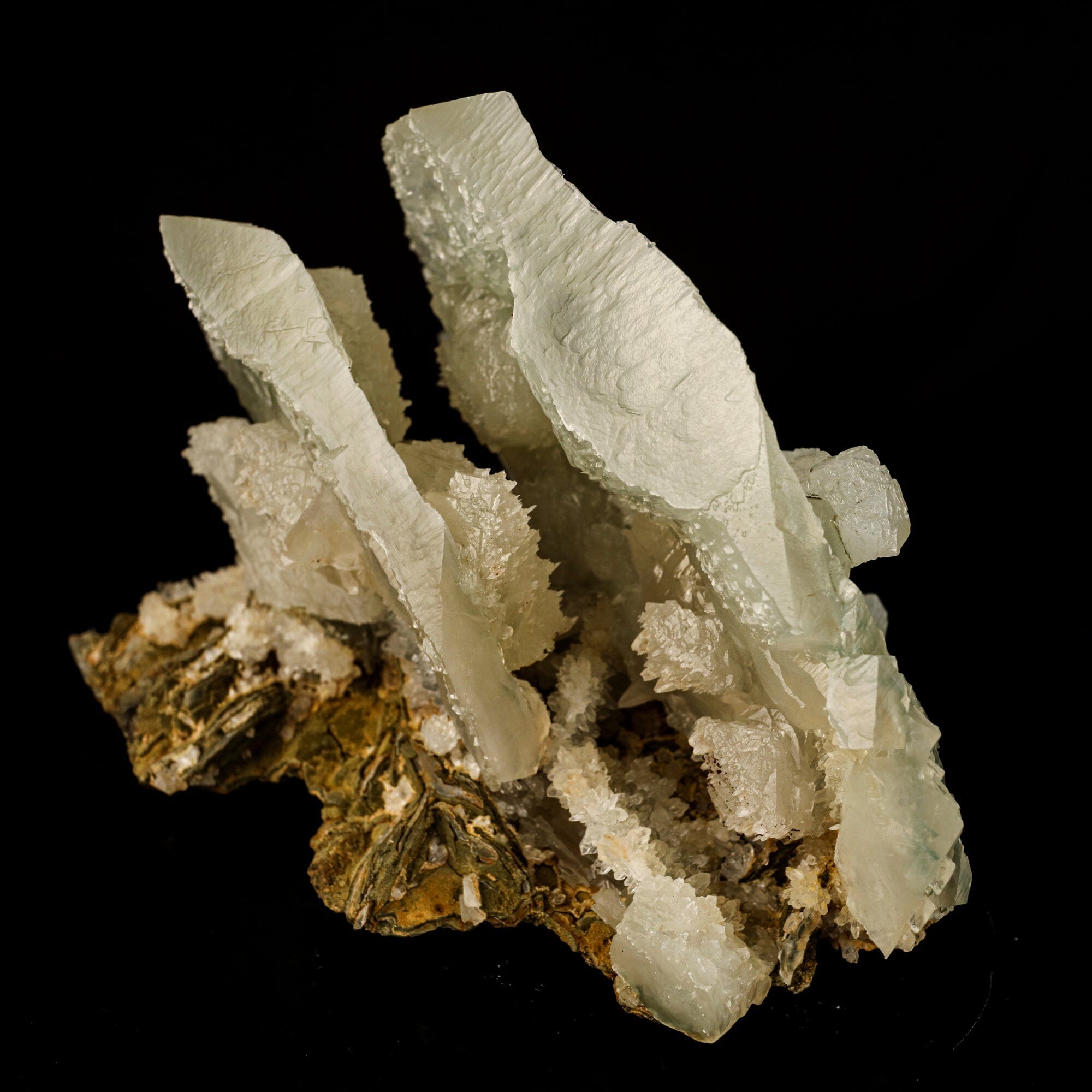In recent years, the global automotive industry has witnessed a remarkable shift towards electric vehicles (EVs) as a sustainable and eco-friendly alternative to traditional gasoline-powered cars. Behind the scenes, a group of minerals known as rare earth minerals plays a crucial role in powering these electric cars. In this article, we will delve into the world of rare earth minerals and explore their significance in the production of electric vehicles.
- The Role of Rare Earth Minerals in Electric Cars:
Rare earth minerals are a group of seventeen elements that possess unique magnetic and luminescent properties. These minerals are essential components in the manufacturing of various components in electric cars, including batteries, motors, and electronics. Let's explore the specific rare earth minerals and their functions: - Neodymium: The Magnetic Powerhouse:
Neodymium, a rare earth element, is widely used in the production of permanent magnets. These magnets are crucial for electric motors, providing the necessary power and torque to propel the vehicle. Neodymium magnets are known for their exceptional strength-to-weight ratio, making them ideal for electric car applications. - Dysprosium: Enhancing Efficiency and Performance:
Dysprosium is another rare earth mineral that plays a vital role in electric cars. It is used to enhance the performance and efficiency of neodymium magnets. By adding small amounts of dysprosium to neodymium magnets, manufacturers can significantly improve their resistance to demagnetization at high temperatures, ensuring optimal performance and longevity of electric motors. - Lanthanum and Cerium: Catalysts for Battery Technology:
Lanthanum and cerium, two rare earth elements, are essential components in the production of nickel-metal hydride (NiMH) batteries. These batteries are commonly used in hybrid electric vehicles (HEVs) and some older models of electric cars. Lanthanum and cerium act as catalysts, enhancing the battery's energy storage capacity and overall performance. - Praseodymium and Terbium: Illuminating the Future:
Praseodymium and terbium are rare earth minerals that find their application in the lighting systems of electric cars. These minerals are used in the production of energy-efficient and long-lasting LED lights, providing superior illumination while consuming less power. Praseodymium and terbium-based phosphors are known for their high color rendering index (CRI), ensuring vibrant and accurate lighting.
Conclusion:
Rare earth minerals are the unsung heroes behind the scenes of the electric vehicle revolution. From powering electric motors to enhancing battery performance and illuminating the road ahead, these minerals are indispensable in the production of electric cars. As the demand for electric vehicles continues to rise, the importance of rare earth minerals cannot be overstated. By understanding their significance, we can appreciate the intricate ecosystem that enables the sustainable future of transportation.
